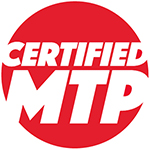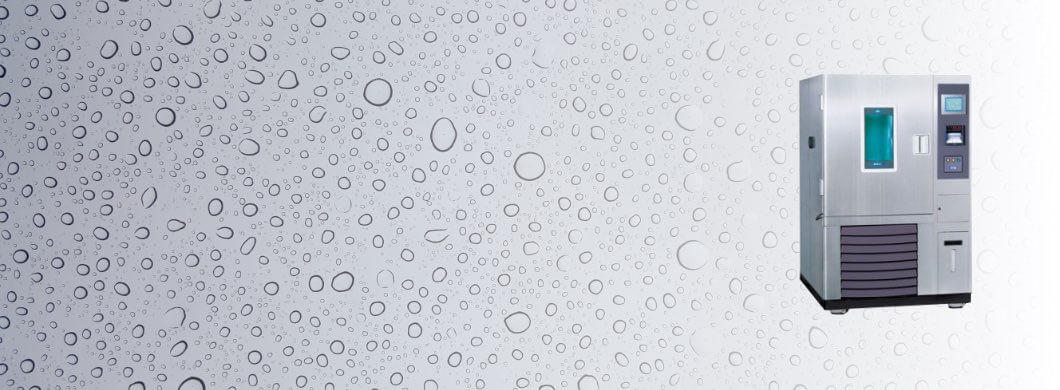What kind of lab do you run? Do you need a humidity chamber? No matter where your lab is, or what you test in your lab, you should know where to get all of your lab supplies. In fact, we have so many great options that you can purchase for your lab, that you won’t need to get any equipment from anywhere else! We have all that you could ever need right here at CertifiedMaterialTestingProducts.com!
When you take a look at our general lab supply, you will quickly begin to realize that you have been missing out on great equipment. If you are searching for a reliable humidity chamber, the Lab Companion TH-G-1000 Temperature & Humidity Chamber 35.3 cf. is for you. This great humidity chamber is the perfect place for you to run all of your tests. Depending on your temperature and humidity preferences, 10 other models could be a better option for you. If you’re searching for a standard environmental test chamber, this beauty is what you need. Read more about its specifications, including how it pressure locks and what kind of chart recorder you could upgrade it with too. Start shopping now.
If you need a humidity chamber for your testing needs, don’t wait any longer! Shop today and take advantage of great savings. A humidity chamber is an essential piece of equipment for controlling and maintaining specific humidity levels during testing, ensuring accurate and consistent results.
If you need to purchase any materials testing equipment to replace or add to your lab supplies, shop at Certified Materials Testing Products for your one-stop shop for all your testing products. We have the knowledge and equipment to back you up when you need it most. Start shopping online with us today and find exactly what you are looking for. Contact us now to have any of your questions or concerns answered
A chamber for humidity, also known as an environmental chamber, is a critical tool used in various industries to test the effects of humidity on materials, products, and biological items. These chambers can simulate a wide range of humidity conditions, providing valuable data on how different materials and products behave under specific environmental conditions. This 800-word overview delves into the purpose, types, applications, components, operation, benefits, challenges, and future prospects of humidity chambers.
purpose and Functionality
The primary purpose of a humidity chamber is to recreate specific humidity conditions to test the impact of these conditions on various items. By accurately controlling the humidity level, along with other environmental factors like temperature, these chambers can replicate conditions ranging from dry deserts to moist tropical environments.
Types of Chambers
1. Standard Chambers: Used for general purposes, these chambers can simulate a range of humidity conditions and are suitable for a variety of tests.
2. Cycling Humidity Chambers: These chambers can rapidly change humidity levels, allowing for tests that require fluctuating humidity conditions.
3. Temperature and Humidity Chambers: These are more advanced and can control both temperature and humidity, crucial for testing conditions where both factors play a role.
4. Customized Chambers: Specific industries may require customized chambers tailored to their unique testing requirements.
Applications
Chambers are used across various sectors:
1. Pharmaceuticals: Testing drug stability and shelf life under different humidity conditions.
2. Electronics: Evaluating the performance and durability of electronic components and devices.
3. Automotive: Assessing how automotive parts withstand humid environments.
4. Aerospace: Testing materials and components for use in aircraft and spacecraft.
5. Biological and Environmental Studies: Studying the impact of humidity on biological specimens and ecological systems.
Key Components
A typical humidity chamber includes:
1. Control System: For setting and maintaining specific humidity and temperature levels.
2. Humidification System: To increase humidity levels, often using water vapor.
3. Dehumidification System: To decrease humidity, possibly through condensation or absorption methods.
4. Sensors and Monitoring Equipment: For accurate measurement and control of environmental conditions.
5. Construction Material: Usually corrosion-resistant materials to withstand various conditions.
Operation and Maintenance
Operating a humidity chamber involves setting the desired humidity and temperature conditions through the control system. Regular maintenance is crucial for ensuring accurate results, including cleaning, calibration, and checking for leaks or other mechanical issues.
Benefits
1. Quality Control: Ensures products are durable and safe under different humidity conditions.
2. Research and Development: Aids in developing products that are more resilient to environmental factors.
3. Regulatory Compliance: Helps in meeting industry-specific regulatory standards.
4. Predictive Analysis: Provides data on how products will behave in specific environments, reducing potential failures.
Challenges
1. Maintaining Precise Conditions: Achieving and maintaining specific humidity levels can be technically challenging.
2. Cost: High-end chambers, especially customized ones, can be expensive.
3. Size Limitations: The size of the chamber can limit the size of the test sample or product.
4. Complexity of Use: Requires trained personnel to operate and interpret results.
Future Prospects and Technological Advancements
1. IoT Integration: The integration of the Internet of Things (IoT) for better monitoring and control.
2. Energy Efficiency: Development of more energy-efficient models to reduce operational costs.
3. Advanced Materials: Use of new materials for better durability and performance of the chambers.
4. Miniaturization: Creating smaller, more compact chambers for limited space environments.
Conclusion
Humidity chambers are invaluable tools in various industries, allowing for precise control and testing of environmental conditions. Their ability to simulate a wide range of humidity scenarios makes them essential for product development, quality control, and compliance testing. While there are challenges associated with their use, ongoing technological advancements are making these chambers more accurate, efficient, and user-friendly. As industries continue to evolve and environmental conditions become more critical in product design and testing, the role of humidity chambers is likely to grow, making them a staple in research and development labs around the world.
Certified MTP has numerous options for thermometers, including ASTM Mercury Filled Thermometers, ASTM Non-Mercury Thermometers, Mercury Free Thermometers, and Digital Infrared Thermometers.
Related Blogs for Humidity Chambers:
Certified Thermometers for Material Testing
28 Days to Testing Concrete for Strength
How to Convert 70 degrees F to C Easily
Materials Testing Experts Explain The Importance Of Concrete Testing
How to Convert 65 Degrees C to F>
How to Convert 158 Fahrenheit to Celsius (158 F to C)
Thermometers Calibrated: Calibrate for Accurate Readings
Traceable Thermometer: Accurately Measure Temperature
Maximum and Minimum Thermometer: Get Accurate Temperatures
Outdoor Waterproof Thermometer for Temperature Monitoring
Convert 900 Degrees Fahrenheit to Celsius (900 F to C)
Master C to F Formula: How to Convert Celsius to Fahrenheit
Digital Humidity and Temperature Meter: Discover the Best
Min Max Thermometer Digital: Accurate Temperature Monitoring

